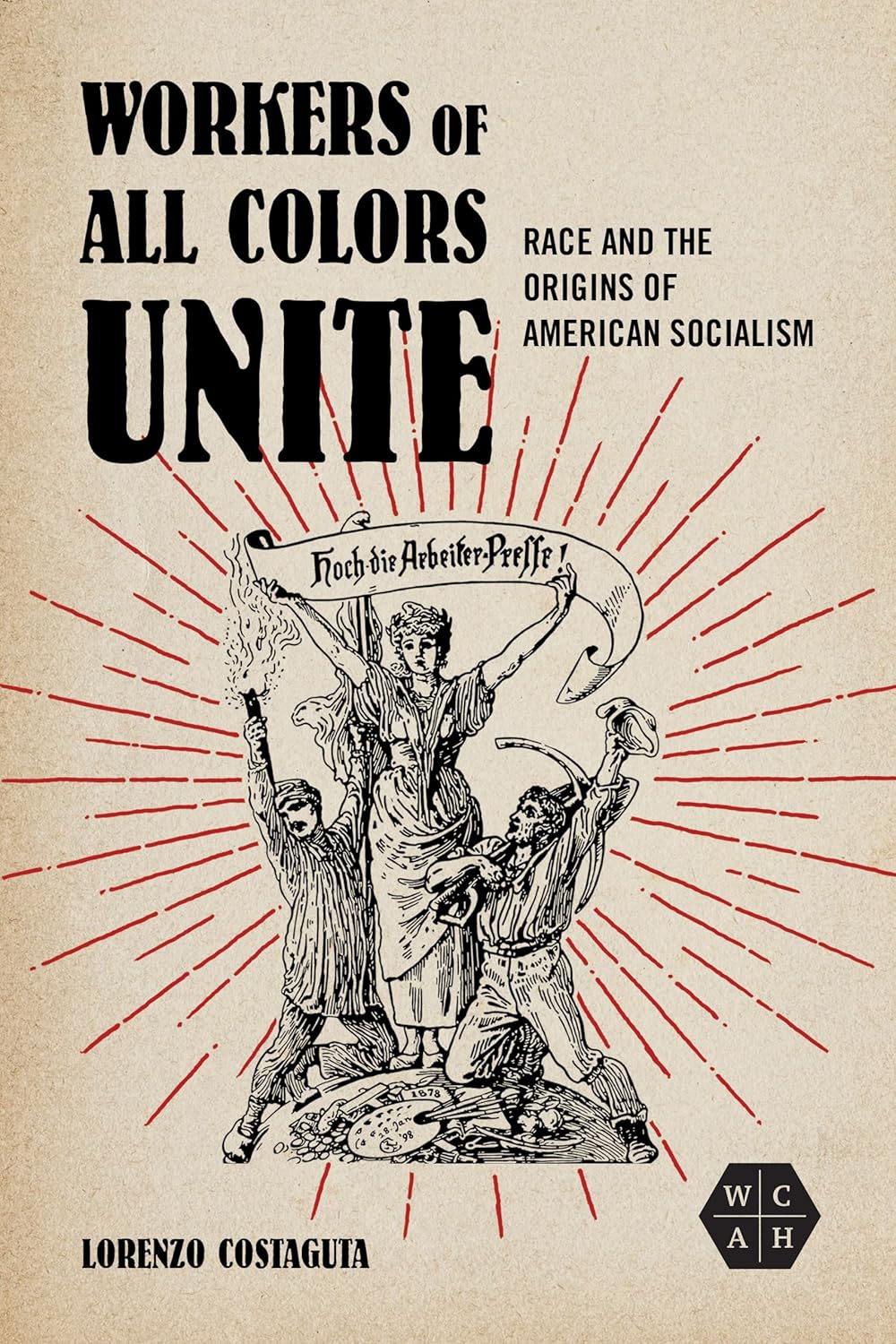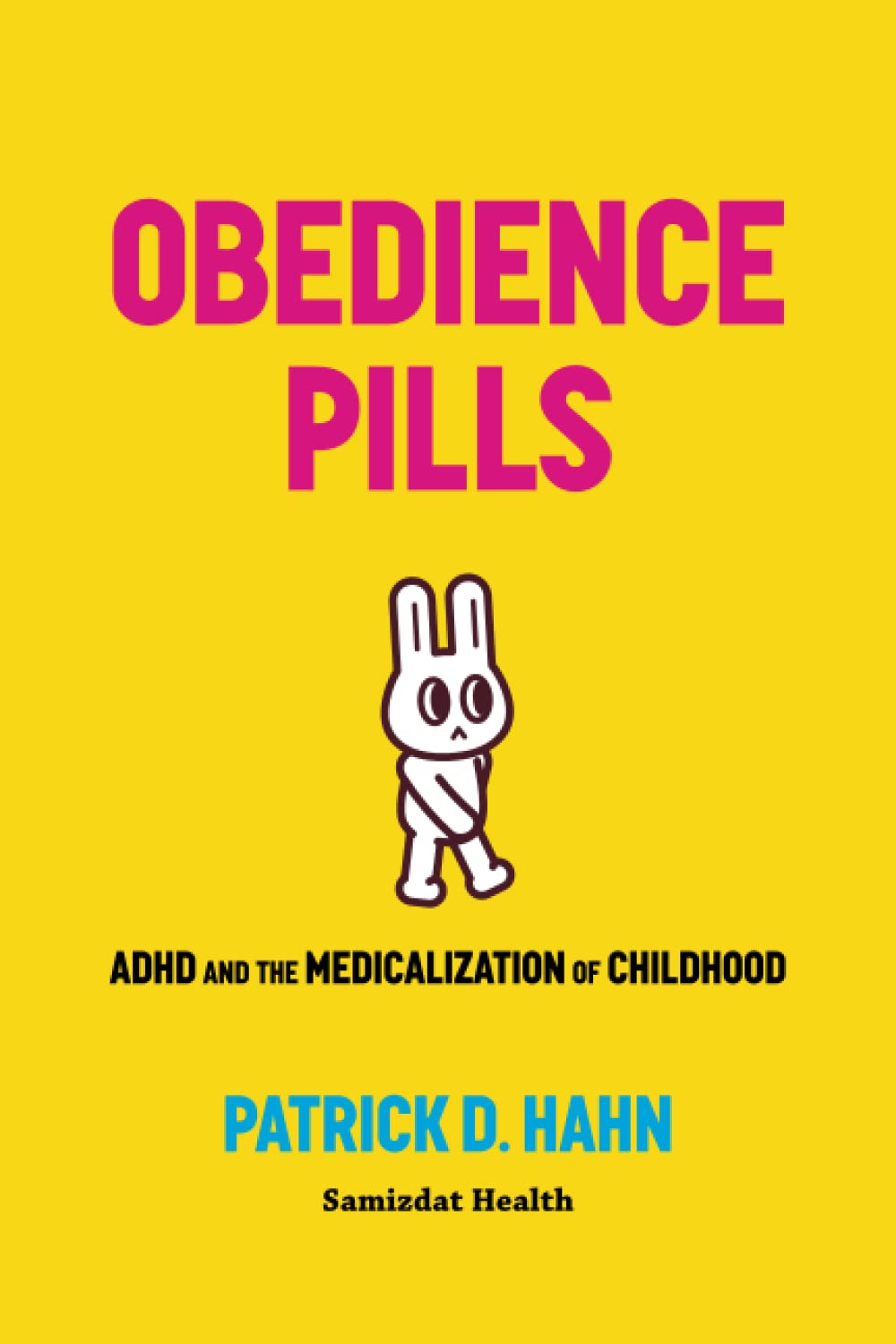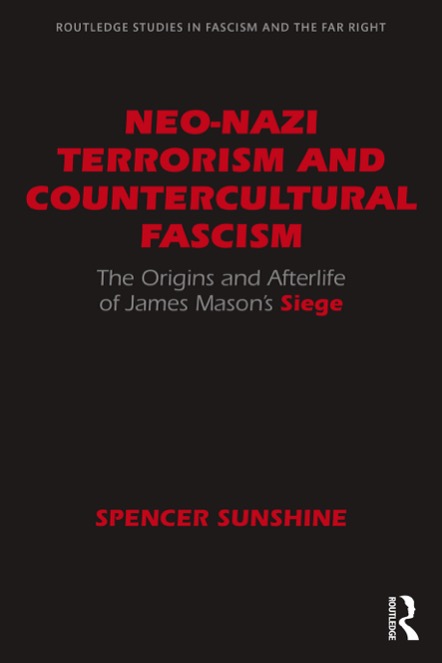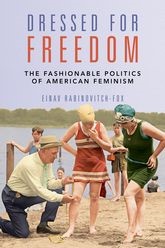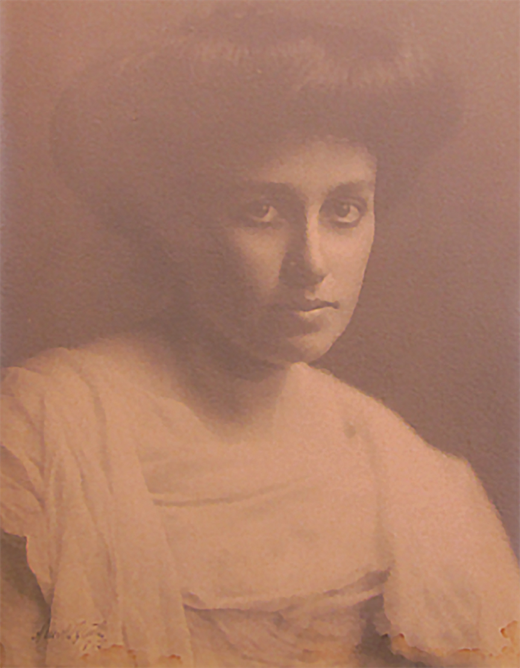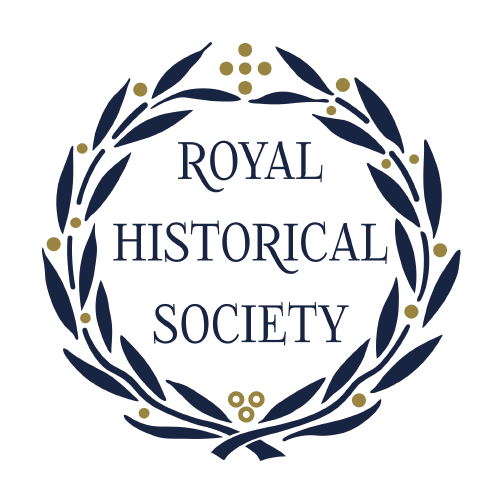Our latest book review is now on line. Click here for Shelby Shapiro's review of Costaguta's Workers of the World Unite. The review will be published in the next issue of The Independent Scholar (TIS).
Contact us
National Coalition of Independent Scholars
- Membership: membership@ncis.org
- The Independent Scholar: tis@ncis.org
- Book Reviews: reviews@ncis.org
- General Inquiries: info@ncis.org

